Do you want to capture wonderful telephoto landscape photography? Are you looking to take gorgeous photos of the landscape, but with a telephoto lens?
That’s what this article is all about.
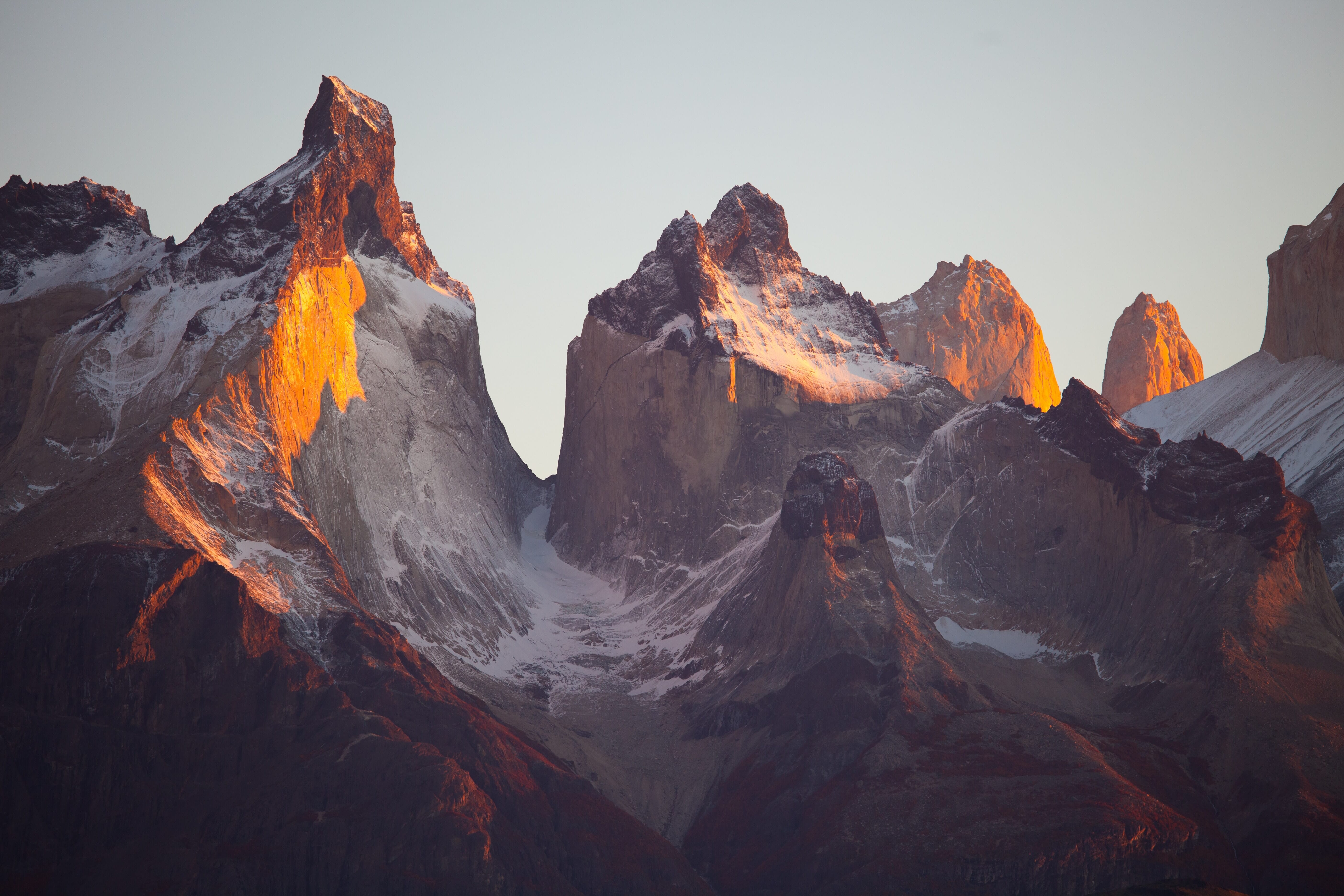
Because telephoto landscapes can be some of the most inspiring shots out there. But you do need to know a few basic techniques–before you go out and start capturing beautiful images.
In this article, you’re going to discover everything you need to know about telephoto landscape photography.
I will give you key tips to ensure that you nail all of your shots–no matter the situation.
Telephoto Landscape Photography Tips:
Grab a 70-200mm f/4 Lens for the Best Telephoto Landscape Photography
If you’re looking to capture beautiful telephoto landscapes, you will need the right lens for the job.
And the lens that I wholeheartedly recommend is a 70-200mm f/4, for a few reasons.
First, 70-200mm f/4 lenses tend to be relatively cheap. You can pick up Canon’s basic model for a very reasonable price, and there are several strong third-party options, as well–such as the Tamron 70-210mm f/4. Note that you don’t have to stick with the f/4 aperture; if you already have an f/2.8 lens, or you see a great deal on one, then go for it. But the f/4 maximum aperture keeps costs down, plus it can result in a lighter lens overall, which is why I tend to recommend it over its f/2.8 counterpart.
Second, a 70-200mm f/4 tends to have excellent optical quality. The range isn’t so long that manufacturers compromise on sharpness for zoom convenience, so you end up with an optically stellar lens.
And third: A 70-200mm lens offers just the right focal length for telephoto landscape photography.
At 70mm, you can get some shots of landscapes near your camera. I’m talking about images of trees, of cliffs, of mountains right in front of you.
And then, at 200mm, you can capture compressed, distant landscape images–of foggy hills, hazy mountains, and more.
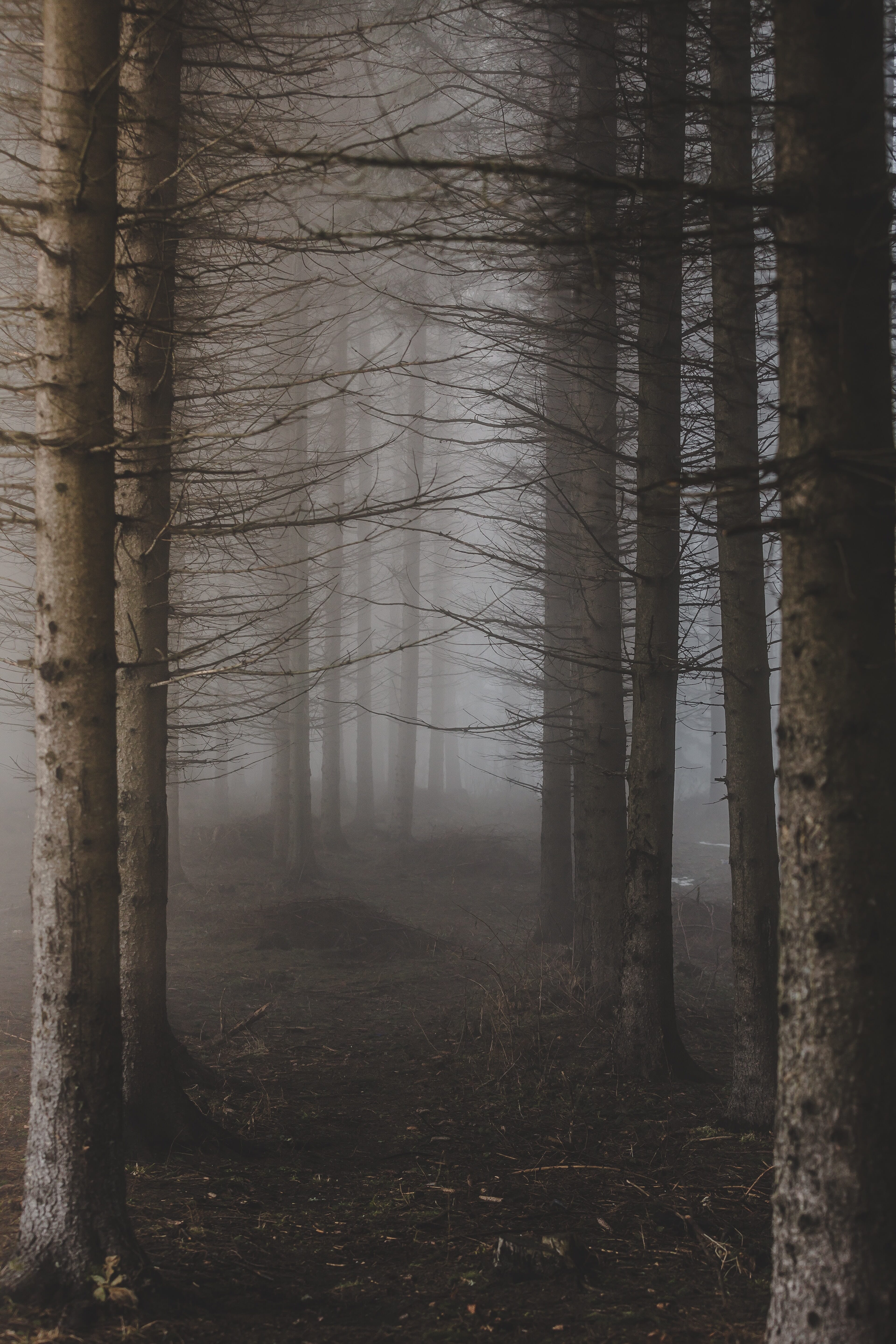
Note that you don’t have to be glued to the idea of a 70-200mm lens. I recommended the Tamron 70-210mm option above, and you can also go for a 55-250mm kit lens in a pinch, though it probably won’t compete optically with its 70-200mm brethren.
Shoot Using a Tripod, Or Handhold With Image Stabilization
Even once you have the perfect lens for your telephoto landscape photography, you’re going to end up with blurry pictures–unless you master your technique.
You see, the number one cause of blurry shots isn’t a bad lens; it’s camera shake. This is caused by your hands shaking when you take the shot, or your camera shaking when you press the shutter button.
And when it comes to telephoto landscape shooting, these issues are compounded. You’re shooting with a long lens, which magnifies any camera shake and will quickly ruin your shots if you don’t know how to handle such lenses properly.
So how do you take beautiful telephoto landscape shots?
You use a tripod.
And not just any tripod–a tripod that’s extremely sturdy, and can handle a lot of weight. Telephoto lenses are heavy, and it’s useless to mount one on a tripod that can’t handle its bulk.
That’s why it’s important to purchase a tripod that’s highly rated, even if it’s not cheap.
Make sense?
You have another option beyond working with a tripod, by the way:
Handholding, but only with image stabilization.
These days, plenty of lenses and cameras have image stabilization built right in, and this compensates for camera shake, allowing you to shoot at slower shutter speeds without causing blur. But image stabilization does have its limits, which is why I generally suggest going with a tripod.
Use a Narrow Aperture to Keep Everything Tack Sharp
When you’re shooting telephoto landscapes, you want to keep everything sharp–from the nearest foreground object to the most distant mountain or sky.
And that can be a real challenge.
The trick is to use the right aperture because this will maximize your depth of field and keep everything in focus.
(Aperture refers to a diaphragm in your camera lens, one that opens and closes as you change the corresponding setting on your camera.)
Now, the narrower the aperture, the deeper the depth of field. So, a photo with an extremely narrow aperture will look like this, with everything in focus:

Whereas a photo with a wide aperture will look like this, with very little in focus:
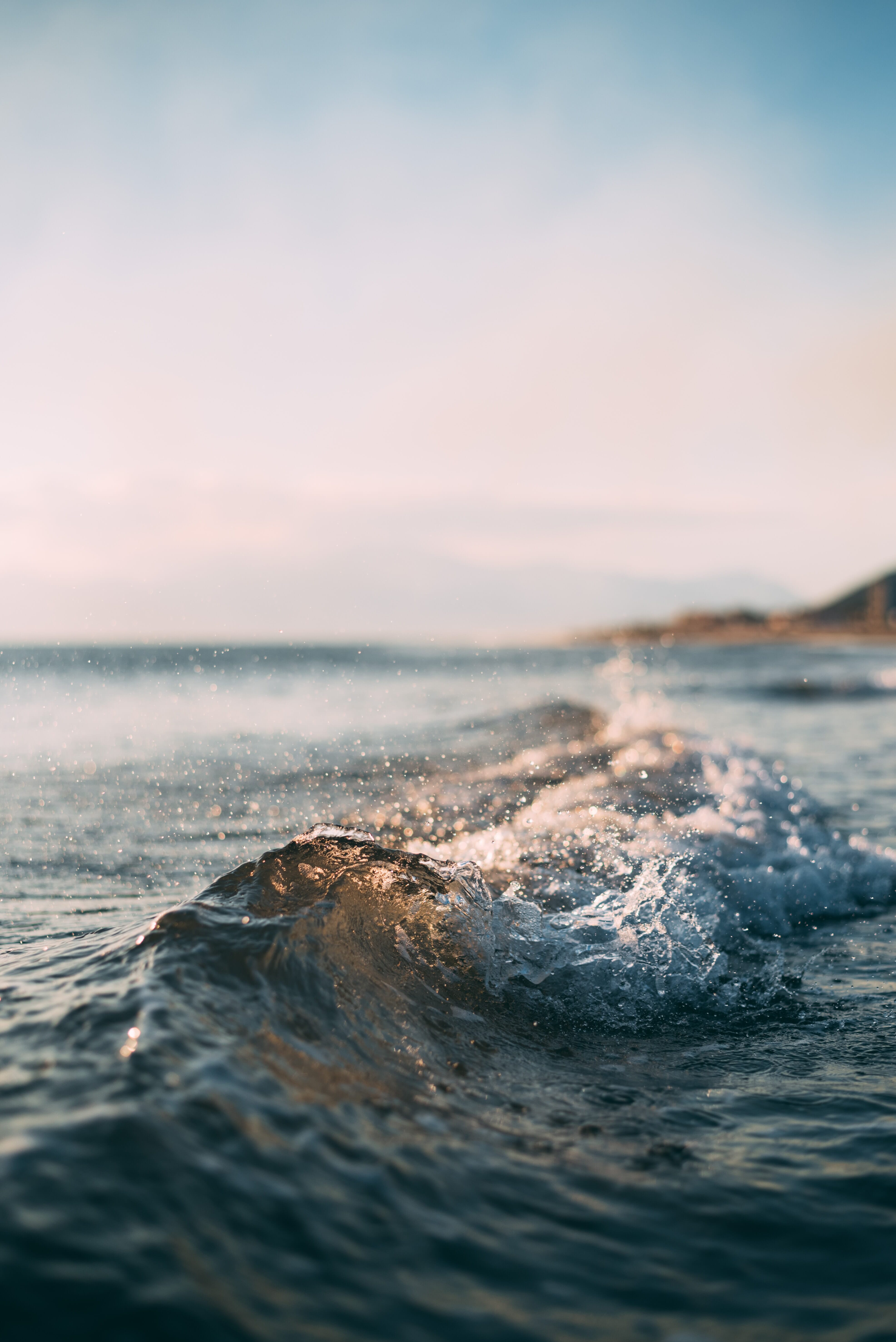
Generally, telephoto landscape photography requires a photo that’s sharp throughout, perfectly in focus from back to front.
Which is why you should always use a narrow aperture for your telephoto landscapes.
I’m talking about an aperture of at least f/8, but often even narrower, such as f/11, f/13, or f/16. Go too narrow and you’ll start to see the effects of diffraction, a problem that’s caused by light waves moving through a tiny hole, which manifests as an unwanted blur.
Now, the point at which diffraction becomes an issue changes depending on your camera and your lens. But I recommend you don’t go over an aperture of f/16, and try to keep things a bit wider if you can.
That way, you’ll end up with an adequate depth of field, but you won’t have to deal with diffraction.
Look for Layers in the Scene to Create Compelling Compositions
Once you understand all the technical aspects of telephoto landscape photography, it’s time to look at one of the key artistic elements: Composition.
Composition refers to the arrangement of features within the scene. For instance, you might choose to position your horizon line high up in the frame, or low down, or smack-dab in the middle (though I don’t recommend this last option!).
Regardless, there’s one important composition trick that you can consistently use for gorgeous telephoto landscape shots:
Look for scenes with layers.
Because layers look spectacular in telephoto landscape photography. The telephoto perspective compresses the scene, making the layers appear to overlap in a two-dimensional arrangement, and it’s basically guaranteed to turn out beautifully.
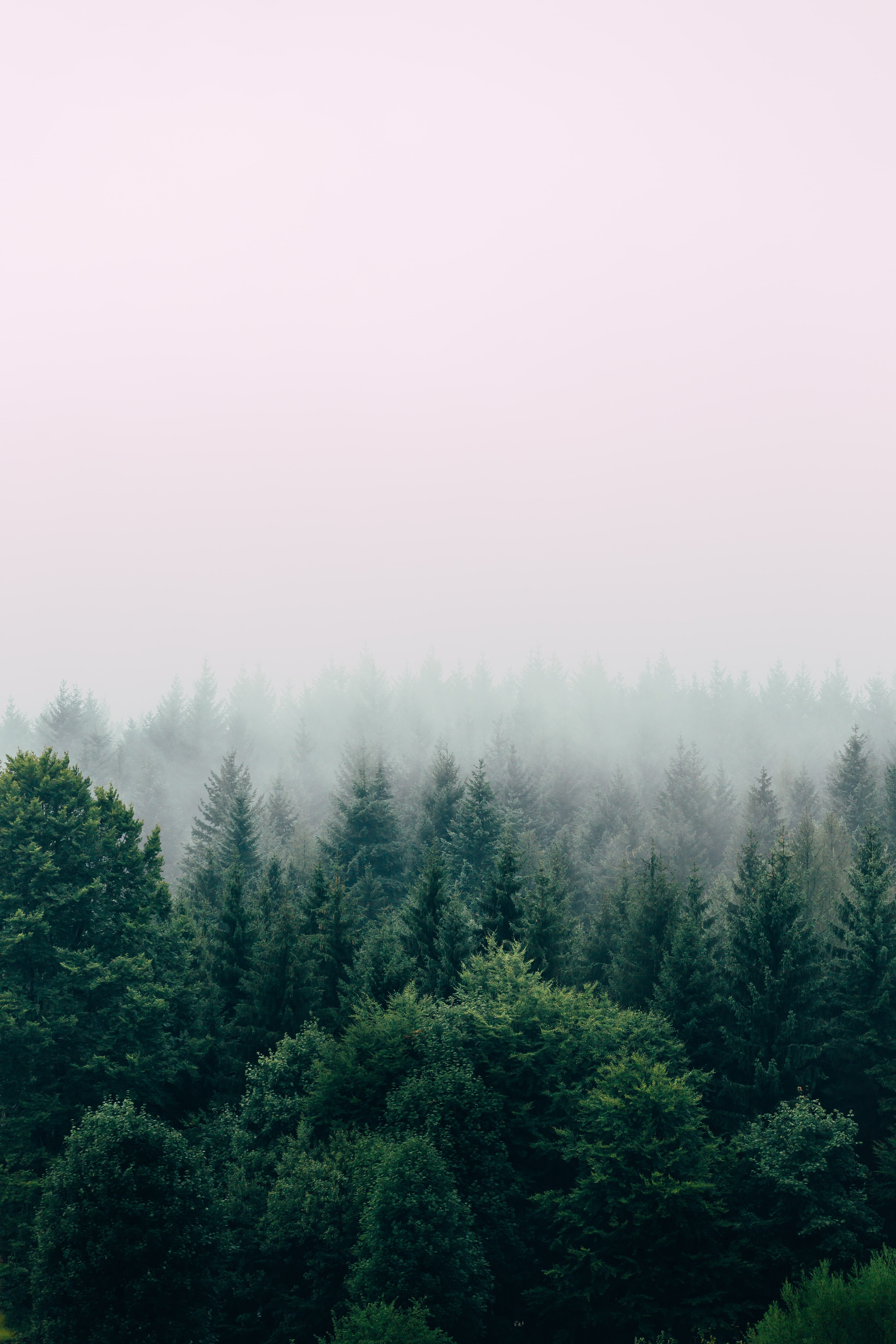
Note that you can use a number of different types of layers. For instance, you can have layers of subjects, when a mountain overlaps another mountain which overlaps another mountain. Or you can have layers of texture, where a smooth area overlaps a rough area. Or you can have layers of color, where features of one color contrast heavily with features of the next color, and so on.
In other words, there are lots of layer options for you. You just have to be on the lookout! And the more open you are to these different types of composition, the more powerful your photos will become.
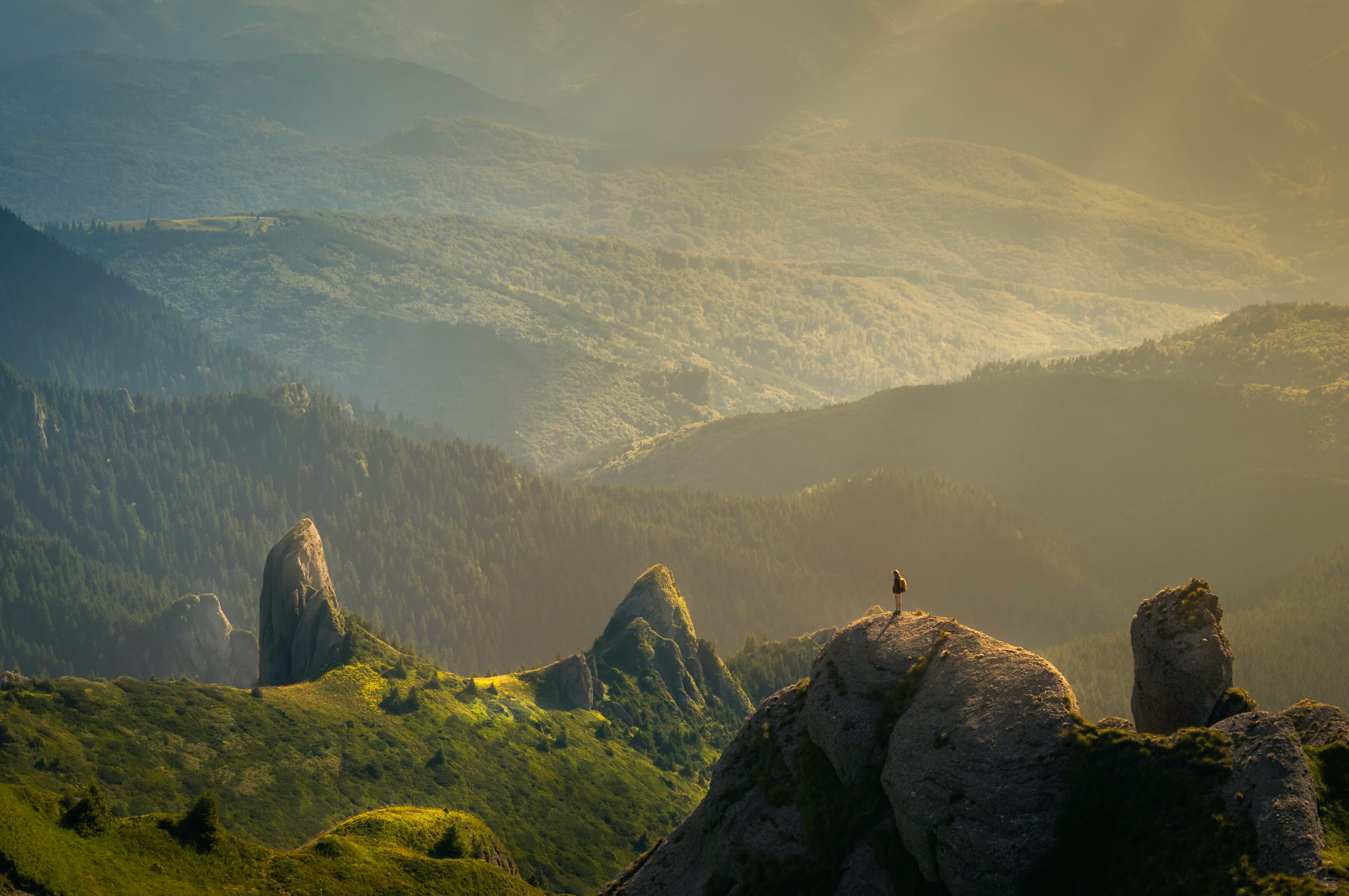
Related Post: Simplicity in Photography
Aim to Get Out When the Light is Best for Gorgeous Telephoto Landscape Photos
Here’s your final telephoto landscape tip:
Shoot when the light is great.
This may seem a bit trivial, but the truth is that light can easily make or break your photos, and it’s something not enough telephoto landscape photographers pay attention to. Good light brings dazzling colors and textures, whereas bad light causes images to appear flat and boring.
So what actually counts as good light?
First, the golden hours are almost always a great time to go out. This is when the sun is low in the sky and it casts golden light across the entire landscape. This will illuminate the features of your landscape with soft, warm light, which is perfect for creating compelling images. You can also play with the direction of golden-hour light for interesting effects; if the light streams in from the side, you’ll get a more dramatic, three-dimensional effect, whereas light coming from behind your subject will create powerful flare and other artistic effects.
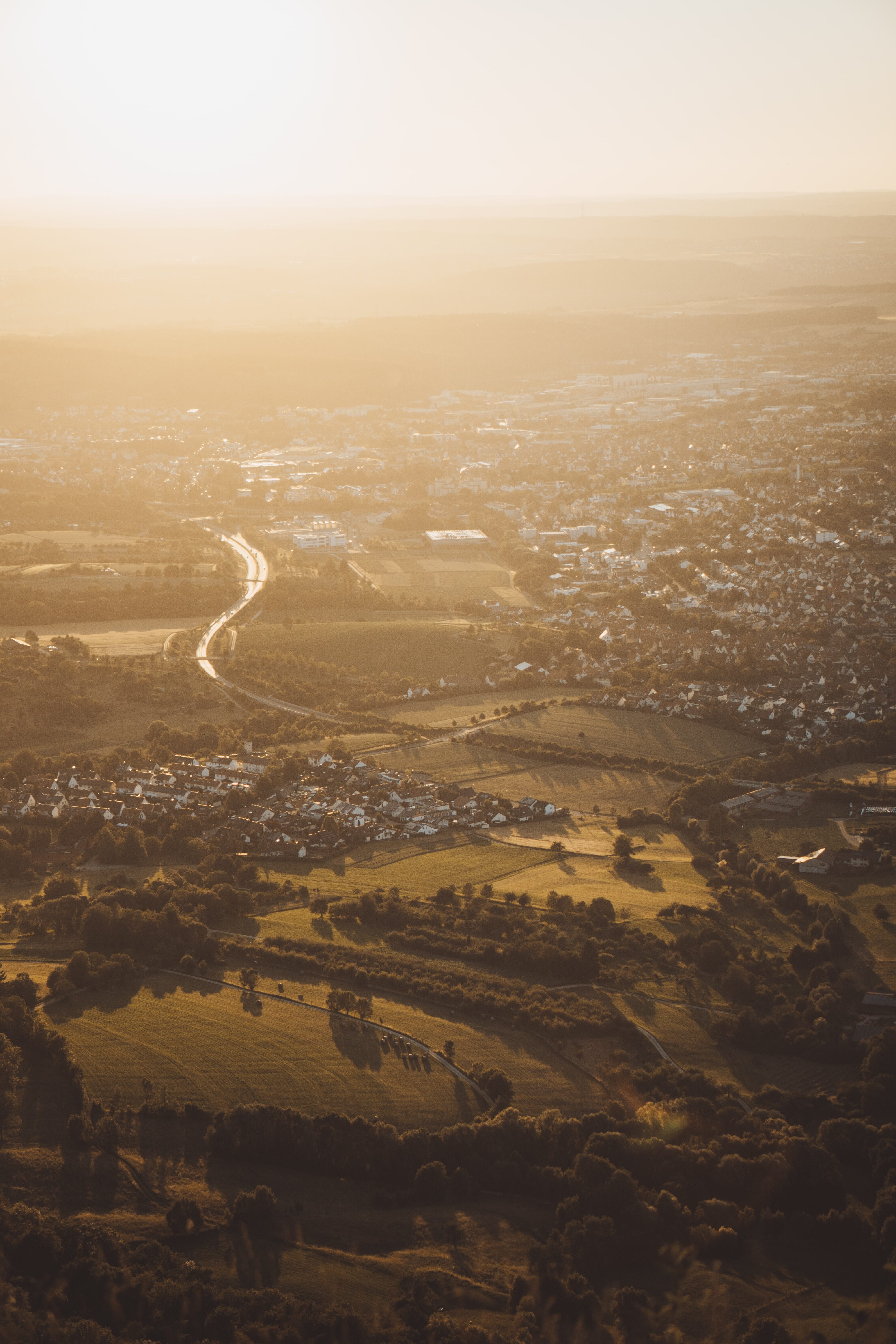
The blue hour, which is the hour before sunrise and an hour after sunset, is another great time to shoot telephoto landscapes. You’ll definitely need a tripod for this type of shooting because you’ll want to work at shutter speeds of 1s and longer. I recommend scouting your location before the sun goes down because it’s often difficult to find compositions (and the path!) in the dark.
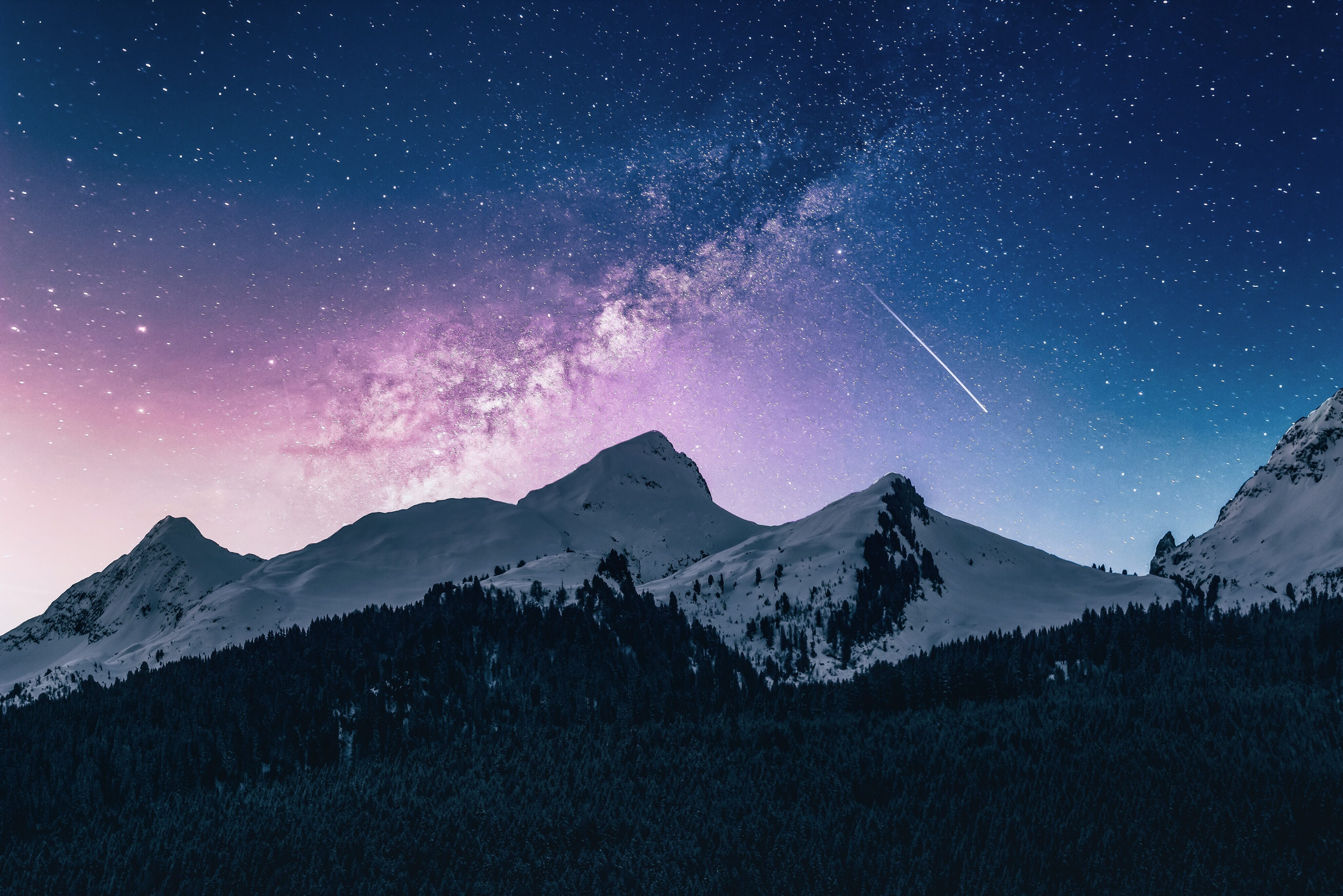
Finally, you can shoot on cloudy days, when the light is soft and diffused. This isn’t as dramatic as the types of light I described above, but it can help bring out colors and really emphasize the detail in your subjects.

Related Post: Hard vs Soft Light: A Comprehensive Guide for Beautiful Lighting
Telephoto Landscape Photography: The Next Steps
Now that you’ve finished this article, you know all about capturing amazing telephoto landscape photos.
And if you’re willing to try out these tips, you’ll see your landscape photos improve, guaranteed!

What’s the best lens for telephoto landscape photography?
A 70-200mm lens is a great way to get started with telephoto landscape photography. You don’t need a fast maximum aperture; f/4 should be just fine. You could also consider going with a telephoto prime, such as a 135mm or a 200mm lens–though if flexibility is important to you, a long zoom might be better, such as a 100-400mm or an 18-200mm lens.
Do professional landscape photographers use telephoto lenses?
Yes! Most professional landscape photographers carry a telephoto lens in their bag. While landscape photographers often work with a wide-angle lens first, a telephoto lens allows them to compress the landscape and create more intimate–sometimes abstract–shots.
How do you use a telephoto lens for landscape photography?
When doing landscape photography with a telephoto lens, I recommend you pay attention to a few basic items. First, you’ll want to make sure you use the right camera settings; this should include a relatively fast shutter speed (or a slower shutter speed but only when using a tripod). You should also use a narrow aperture if your aim is to keep the entire scene sharp (though you can always use a wide aperture for an artistic look). Think carefully about the composition, as well. Look for layers, which can be beautifully compressed by a telephoto lens. Also, make sure to shoot when the light is great. Golden-hour lighting is always excellent, but you can also work just after sunset or before sunrise. And diffused lighting can work, too!
Do you need a tripod for telephoto landscape photography?
You don’t absolutely need a tripod for telephoto landscape photography, but I do recommend it. You see, at long focal lengths, camera shake is magnified–so if you’re already working at a low shutter speed, your images will be much more likely to blur. That said, if you have a lot of light, or your camera or lens offers image stabilization, then you might be able to get away with handholding; just make sure you use great technique, and be careful!